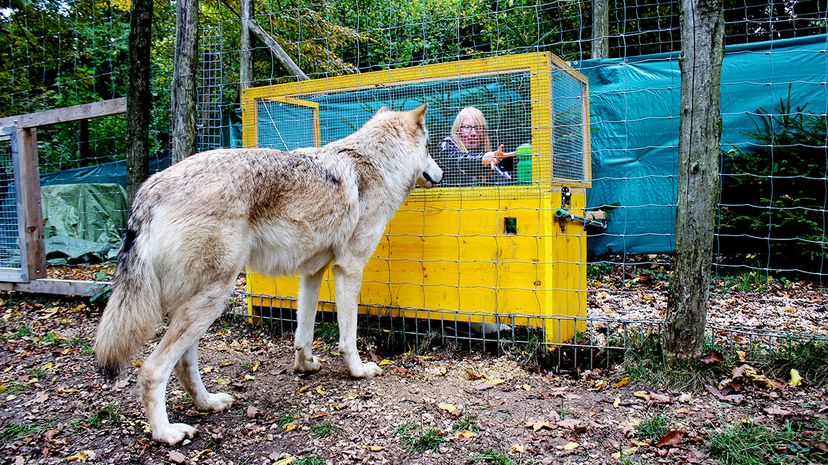
smart wolves
The thinking of a wolf is in many ways similar to the thinking of a man. After all, we are also mammals, and not so different from those whom we condescendingly call “smaller brothers.” How do wolves think and can they make informed decisions?
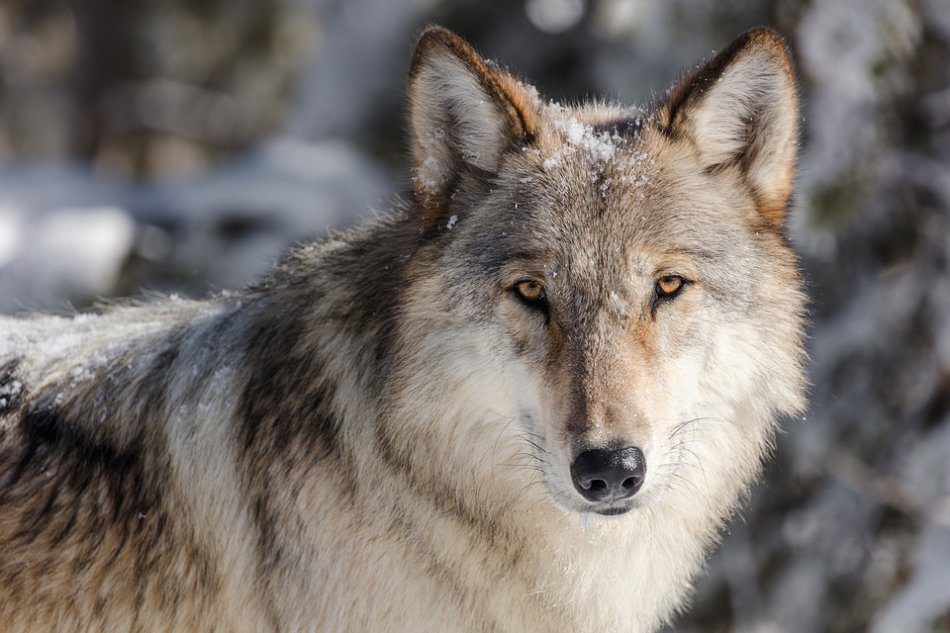
Photo: wolf. Photo: pixabay.com
The wolf is a very intelligent animal. It turned out that in the cerebral cortex of wolves there are areas that allow you to find a familiar context in a new task and use solutions to problems in the past to solve a new one. Also, these animals are able to logically compare the elements of tasks solved in the past with those that are relevant today.
In particular, the ability to solve problems related to predicting the direction of the victim’s movement is very important for the wolf. For example, it is useful for wolves to understand where the victim will appear from if she ran in one direction or another and she needs to go around opaque obstacles. It is important to predict this in order to correctly cut the path when chasing. They learn this in childhood during stalking games. But only wolves that have grown up in an enriched environment learn this. Wolves, grown in a depleted environment, are not capable of this. Moreover, even if they subsequently enrich the environment, they will never learn, for example, how to bypass opaque obstacles when chasing prey.
One of the proofs of the wolf’s intelligence is the combination of fragments of memory and the construction of new forms of behavior on this basis. Experience, as a rule, is gained by wolves during the game, and this allows them to be flexible in solving problems. All the tricks that an adult wolf uses in hunting are “practiced” in children’s games with friends. And the main number of techniques in wolves is formed by the age of two months, and then these techniques are combined and honed.
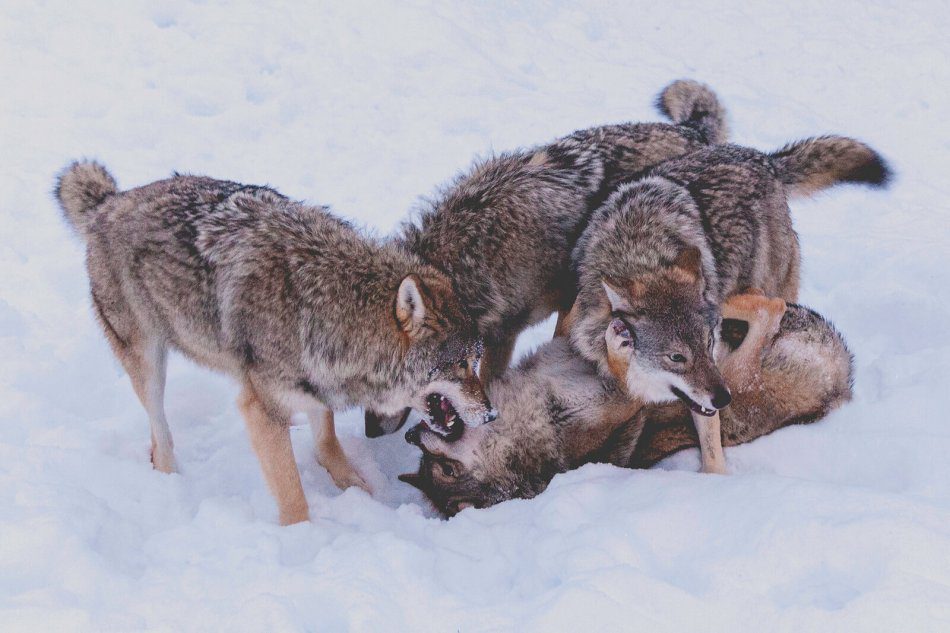
Photo: flickr.com
Wolves are smart enough to predict what will happen if the environment changes. Are they capable of purposefully changing the environment? A case is described when wolves pursued a roe deer, which almost escaped the pursuit, but she was not lucky – she got into the bushes, where she got stuck, and the wolves easily killed the victim. And during the next hunt, the wolves purposefully tried to drive the prey into the bushes! Such cases are not isolated: for example, wolves try to drive the victim up the hill, from which it can fall into a cliff. That is, they are trying to purposefully apply the absolutely random experience gained.
Already at the age of one, according to the professor, researcher of the behavior of wolves Yason Konstantinovich Badridze, wolves can understand the essence of phenomena. But at first, solving problems requires strong emotional stress. However, with the accumulation of experience, solving problems no longer requires the wolf to actively use figurative memory, which means that it is no longer associated with strong emotional stress.
There is a hypothesis that wolves solve problems in the following way:
- Break down a large task into elements.
- With the help of figurative memory, a familiar context is found in the elements.
- Transferring past experience to a new task.
- They predict the near future, and here it is necessary to build an image of a new action.
- They implement the adopted decision, including with the help of new forms of behavior.
Wolves are able to operate with sets. For example, Jason Badridze in one of his experiments taught wolf cubs to approach the right feeder (there were ten feeders in total), the number of which was indicated by the number of clicks. One click meant the first feeder, two clicks meant the second, and so on. All the feeders smelled the same (each had a double bottom where the meat lay out of reach), while the available food was only in the right feeder. It turned out that if the number of clicks does not exceed seven, the wolves correctly determine the number of the feeder with food. However, if there were eight or more clicks, each time they approached the last, tenth feeder. That is, they are oriented in sets within seven.
The ability to operate with sets appears in wolves by the age of 5-7 months. And it is at this age that they begin to actively explore the territory, making up the so-called “mental maps”. Including, obviously, remembering where and how many different items are located.
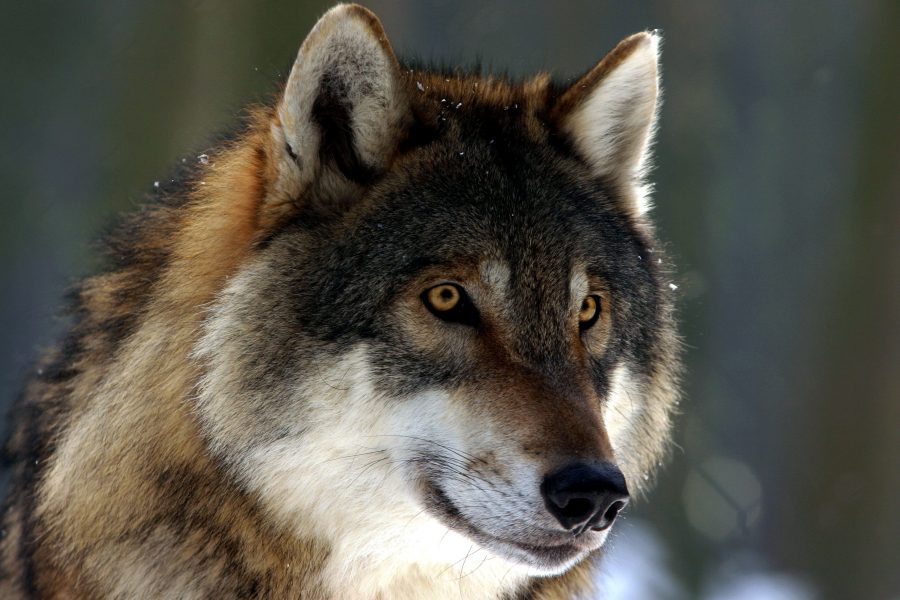
Photo: wolf. Photo: pixnio.com
Is it possible to teach wolves to operate on larger sets? You can, if you group, for example, objects in groups of seven – up to seven groups. And, for example, if they clicked twice, then paused and clicked four times, the wolf understood that he needed the fourth feeder in the second group.
This means that wolves have an excellent understanding of the logic of the task and, even without experience with some groups of feeders, they perfectly use the ability to think in analogies. And they are able to transfer their experience in finished form to others, forming traditions. Moreover, the training of wolves is based on understanding the actions of the elders.
For example, many are convinced that there is a so-called “predatory instinct”, that is, an innate desire to catch and kill a prey in order to eat it. But it turned out that wolves, like many other large predators, have nothing of the kind! Yes, they have an innate reaction to chasing moving objects, but this behavior is exploratory and not related to killing the victim. They chase both the mouse and the rolling stone with equal passion, and then they try it “by the tooth” with their incisors – they study the texture. But if there is no blood, they can starve to death next to the victim caught in this way, even if it is edible. There is no innate connection “living object – food” in wolves. This needs to be learned.
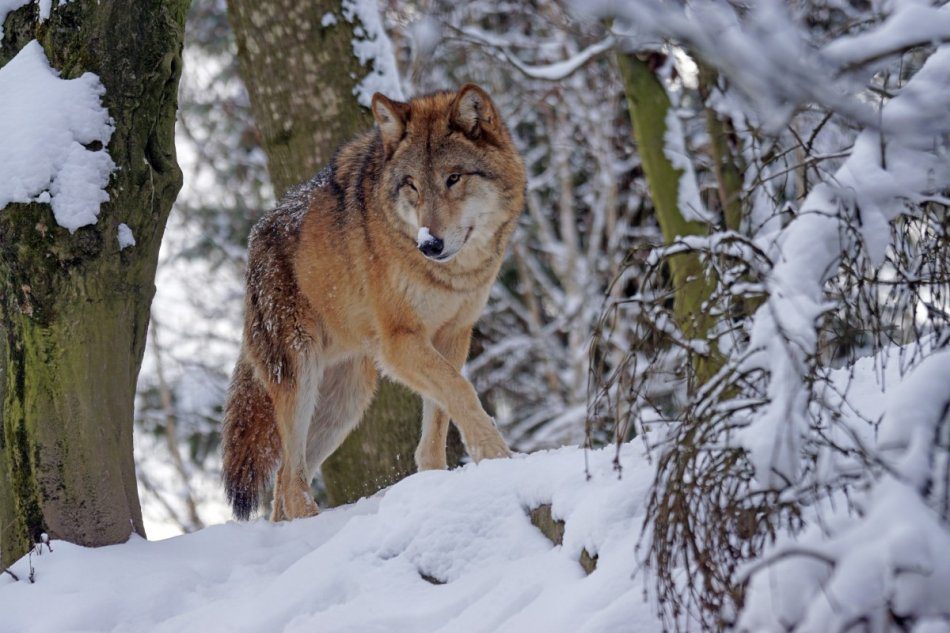
Photo: wolf. Photo: www.pxhere.com
However, if one wolf cub saw how the second one ate a mouse, he already knows for sure that the mouse is edible, even if he has not tried it himself yet.
Wolves are not only amazingly smart, but also excellent learners, and throughout their lives. And adult wolves determine exactly what and at what time (up to a day) to train cubs.





